An Alternative to Freud
The traditional mind-body dualism posited by classical psychology is accepted by psychoanalysis; however, there exists an alternative to this approach that is presented by the Russian biologist Pavlov, who rejected the independence of psychic contents regarding vegetative functions and strove to overcome this contradiction through his theory of conditioned reflexes. Pavlov claimed, “the psychologist is an individual who walks in darkness, guided by a small flashlight that only illuminates limited areas… On the other hand, our objective research on nervous system activity of the higher animals will pave the way so psychologists can discover the underlying laws in the intricate labyrinth of this inner world called the psyche. “
A Life Dedicated to Research:
Ivan Petrovich Pavlov was born on September 14, 1849 in the district of Ryazan in a town that today, in honor of his memory, is named Pavlovo. He was the son of a priest. He studied at the Faculty of Natural Sciences, Biology Department, of the University of Leningrad. He graduated and received his doctorate with a thesis on the functioning of the centrifugal nerves of the heart. Among his studies and research are: “Studies on the Nerves Regulating Pancreatic Secretion,” “Imaginary Food,” “Lessons on the Functioning of the Principal Digestive Glands,” and “The Physiology of Digestion” From 1902 and for the rest of his life, he devoted himself to the study of the nervous system activity of the higher animals.
Discoveries and Theories:
His made four main contributions to contemporary scientific thought: “The Theory of Conditioned Reflexes,” “The Concept of Dynamic Stereotypes,” “The Reflex of Biological Caution,” and “The Painless Childbirth System.” They all correspond to the fundamental notion that the behavior of higher animals holds a close relationship to environmental stimuli.
Pavlov was a typical representative of the experimental method. As a psychologist, his principal contribution was in the absolute scientific rigor that he knew how to apply to a discipline dominated by assumptions and speculations. In short, he did it in the way that Freud, Darwin, and Einstein did or would have done. He was a thinker, not a scientist in the sense that is usually attributed to this word in this day and age.
Conditioned Reflexes:
These are the body’s reaction to any external stimulus that is repeated various times under similar circumstances. For example: the salivation caused in a hungry animal by the presence of an appetizing treat. It is called “conditioned” because it not caused by the body, instead it is due to an external phenomenon.
The Experiment with Imaginary Food:
After the conditioned reflex of the dog’s salivation, Pavlov built laboratories isolated from the outside world and locked up a dog in said laboratories. For several days, he fed the dog, accompanying each meal with sound from a metronome. This was then repeated without providing the dog any food, which resulted in the animal secreting saliva as if it had the dish before it.
Dynamic Stereotypes:
For this, Pavlov locked up the dog in the laboratory and during the feeding would ring a bell while pricking the dog at the same time. The dog would secrete saliva and withdraw its paw.
Painless Childbirth:
Pavlov initiated this investigation, however, after his death it was his disciples who developed the concept of painless childbirth. They concluded that childbirth pains were just a conditioned reflex generated over centuries and whose precept was: “when you give birth, you will be in pain.”
When the woman is ready for childbirth, she is already so terrified that she behaves in an irrational manner and makes absurd movements that in turn are the true causes of the pain. Consequently, it is necessary to educate the woman, teaching her the appropriate movements in order for her to abandon her neurotic attitude and give birth naturally.
Clearly, the psychological aspect of childbirth is important, but one must not forget the organic aspect of it that in one way or another produces pain. Perhaps Pavlov thought that childbirth was an event where only the psychological part mattered, all the while forgetting the physical aspect of it.
Guilt is one of the most efficient methods that parents use for manipulating the actions of their children. The tactic “you embarrassed us, what will the neighbors think?” is very useful. The parent uses external forces to make the child feel bad for what he did and prevents him from thinking for himself.
The illness of a parent is a megafactory of guilt: “You’re making my blood pressure rise; you’re going to kill me.” It may even go so far as to make a child feel responsible for the death of one of his parents.
Sexual guilt imposed by parents is very common. All sexual thoughts or behavior are fertile grounds for the cultivation of this feeling. “God forbids you from masturbating. It’s bad.”
In the case of marriage, pressure is placed on one of the spouses using the phrase “If you love me” in order to manipulate the other regarding something he/she did. It is as if love depends on a determined type of behavior.
Resentments, pronounced silences, and pained looks are good methods to provoke guilt in others.
Children are not the only ones putting into practice methods that produce guilt in their parents. With a tantrum in the supermarket, they can get the desired candy. And if they are not given it, then it is the parents who are not good.
Children, of course, learn to use this behavior with their parents by observing how the adults, in their world, use it to get what they want.
School and the Feeling of Guilt:
Teachers are the superlative originators of guilt, and children, as they are already highly prone to suggestion, are also very easy to manipulate.
Messages like, “What a disappointment you are going to be for your mother. How can you make your parents suffer after all they have done for you?”
Other Institutions That Cause Guilt:
In our society, the practice of tipping does not reflect the service or whether the attention was of good quality, but instead on the degree of guilt felt by the beneficiary of the service. Waiters and waitresses, taxi drivers, bellhops and other domestic workers have realized that most people cannot cope with the feelings of guilt caused by not behaving properly, and that they will give the established tip without it bearing any relationship to the quality of service received. Thus, the ostentatious gesture of the outstretched hand along with the nasty comments produce the intended sense of guilt, and result in a big tip.
Weight-loss diets are an activity loaded with guilt. If someone who is on a diet eats a candy or has chocolate ice cream, he will feel guilty for the rest of the day, recalling his moment of weakness.
Guilt and Sex:
According to psychologists, sex is the activity that produces the most guilt in our society.
Parents cause guilt in children for acts or thoughts related sex. But adults are not far behind. People surreptitiously enter into theaters in which pornographic movies are screened so that others do not see how depraved they are.
Those who are manipulated with feelings of guilt are condemned to live in resentment, dominated and manipulated by the desires and whims of others. One of the most common problems we face is not doing that which we want to do, instead, doing what others want us to do. We must stand our ground regarding matters and firmly maintain belief in ourselves.
It goes against human nature to be repentant for something that, at one point in time, we decided for ourselves.
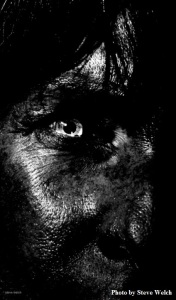 Usually, one associates the sociopath (psychopathic or antisocial personality) with delinquency. Many others associate it with sexual offenders. There will be a few or many cases, but it is known that not every delinquent is a psychopath.
Usually, one associates the sociopath (psychopathic or antisocial personality) with delinquency. Many others associate it with sexual offenders. There will be a few or many cases, but it is known that not every delinquent is a psychopath. Usually, one associates the sociopath (psychopathic or antisocial personality) with delinquency. Many others associate it with sexual offenders. There will be a few or many cases, but it is known that not every delinquent is a psychopath.
Usually, one associates the sociopath (psychopathic or antisocial personality) with delinquency. Many others associate it with sexual offenders. There will be a few or many cases, but it is known that not every delinquent is a psychopath. Aggression is a theme that concerns all those of us who live in a city. It concerns us because this attitude more than any other is the result of the depersonalization of city life. It is due to the hustle and bustle, the traffic, and the injustices.
Aggression is a theme that concerns all those of us who live in a city. It concerns us because this attitude more than any other is the result of the depersonalization of city life. It is due to the hustle and bustle, the traffic, and the injustices. Frances is an excellent movie from every point of view. Directed by Graeme Clifford, it deals with the tragic life of Hollywood actress Frances Farmer, magnificently portrayed by Jessica Lange.
Frances is an excellent movie from every point of view. Directed by Graeme Clifford, it deals with the tragic life of Hollywood actress Frances Farmer, magnificently portrayed by Jessica Lange.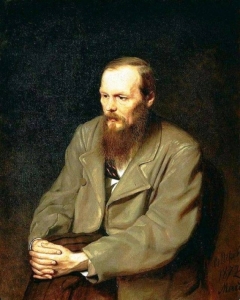 Disciplines outside the scope of medicine, such as literature and art, have powerfully drawn the attention of psychoanalysis. Artistic creation reflects the artist’s inner world and his unconscious. So psychoanalysis analyzes the work of an artist, applying the same criteria used to decipher the dreams of a patient.
Disciplines outside the scope of medicine, such as literature and art, have powerfully drawn the attention of psychoanalysis. Artistic creation reflects the artist’s inner world and his unconscious. So psychoanalysis analyzes the work of an artist, applying the same criteria used to decipher the dreams of a patient.
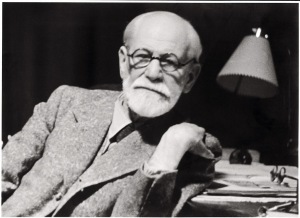 Freud’s theories have had a great influence on the cultural life of this century, probably much greater than that of any other doctrinal system. The field where his ideas have encountered the greatest difficulties has been that of his own terrain, Psychiatry. Psychoanalysis is still polemical, although many of the current discoveries can be divided in two main groups: those with exclusive orientation or very preferentially psychoanalytic, and those that do not accept more than a few fragments of psychoanalysis, considering the rest to be an “interpretive fantasy.” To this latter group belong all the “official” European psychiatric schools (universities).
Freud’s theories have had a great influence on the cultural life of this century, probably much greater than that of any other doctrinal system. The field where his ideas have encountered the greatest difficulties has been that of his own terrain, Psychiatry. Psychoanalysis is still polemical, although many of the current discoveries can be divided in two main groups: those with exclusive orientation or very preferentially psychoanalytic, and those that do not accept more than a few fragments of psychoanalysis, considering the rest to be an “interpretive fantasy.” To this latter group belong all the “official” European psychiatric schools (universities).
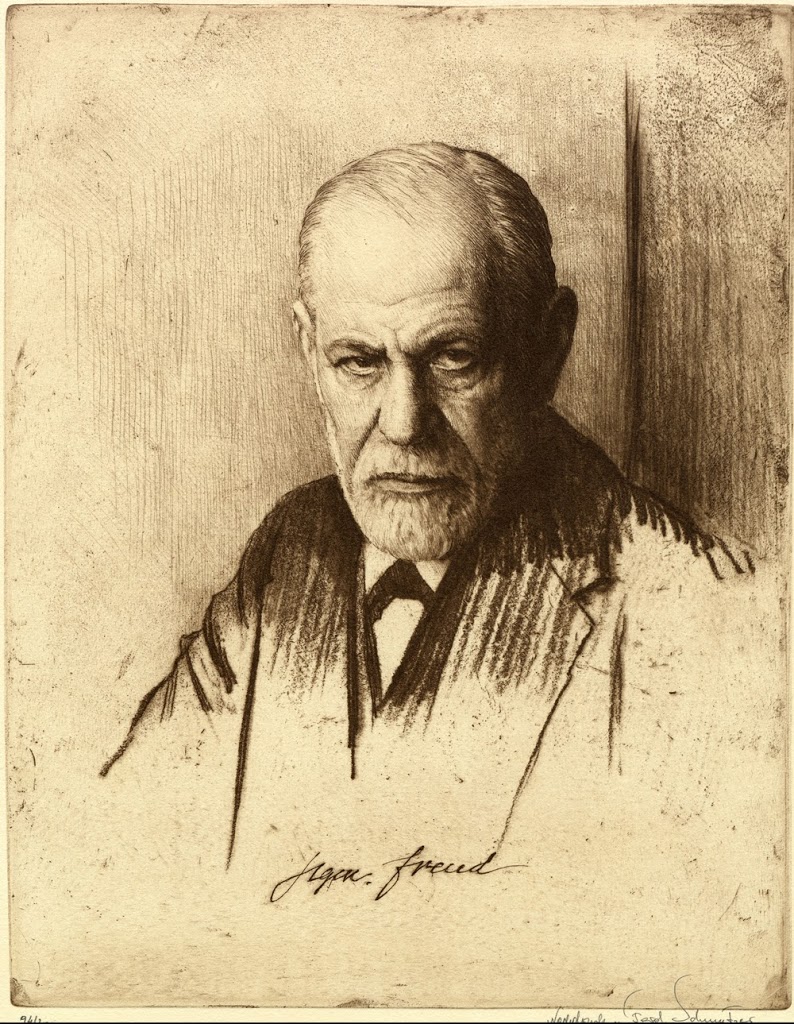


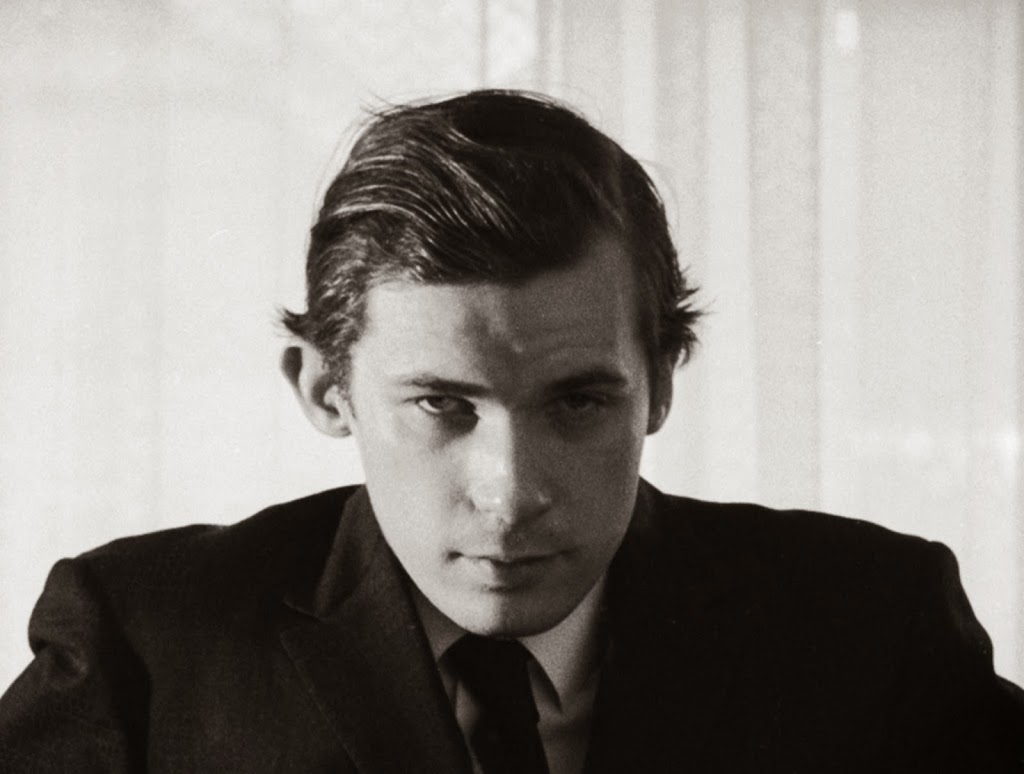
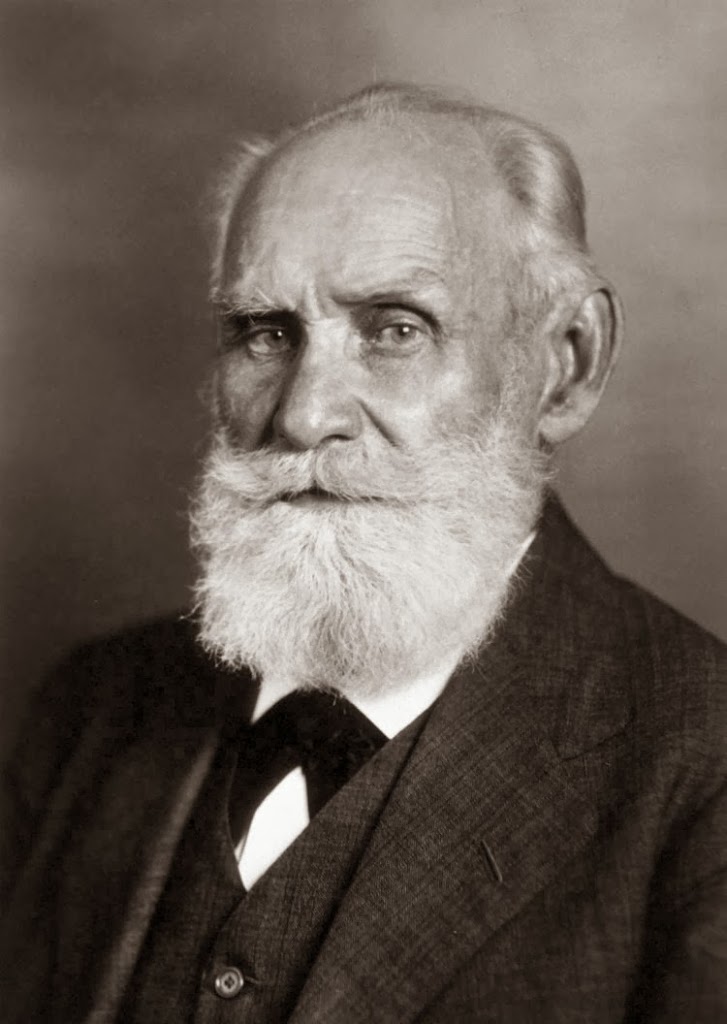
Recent Comments